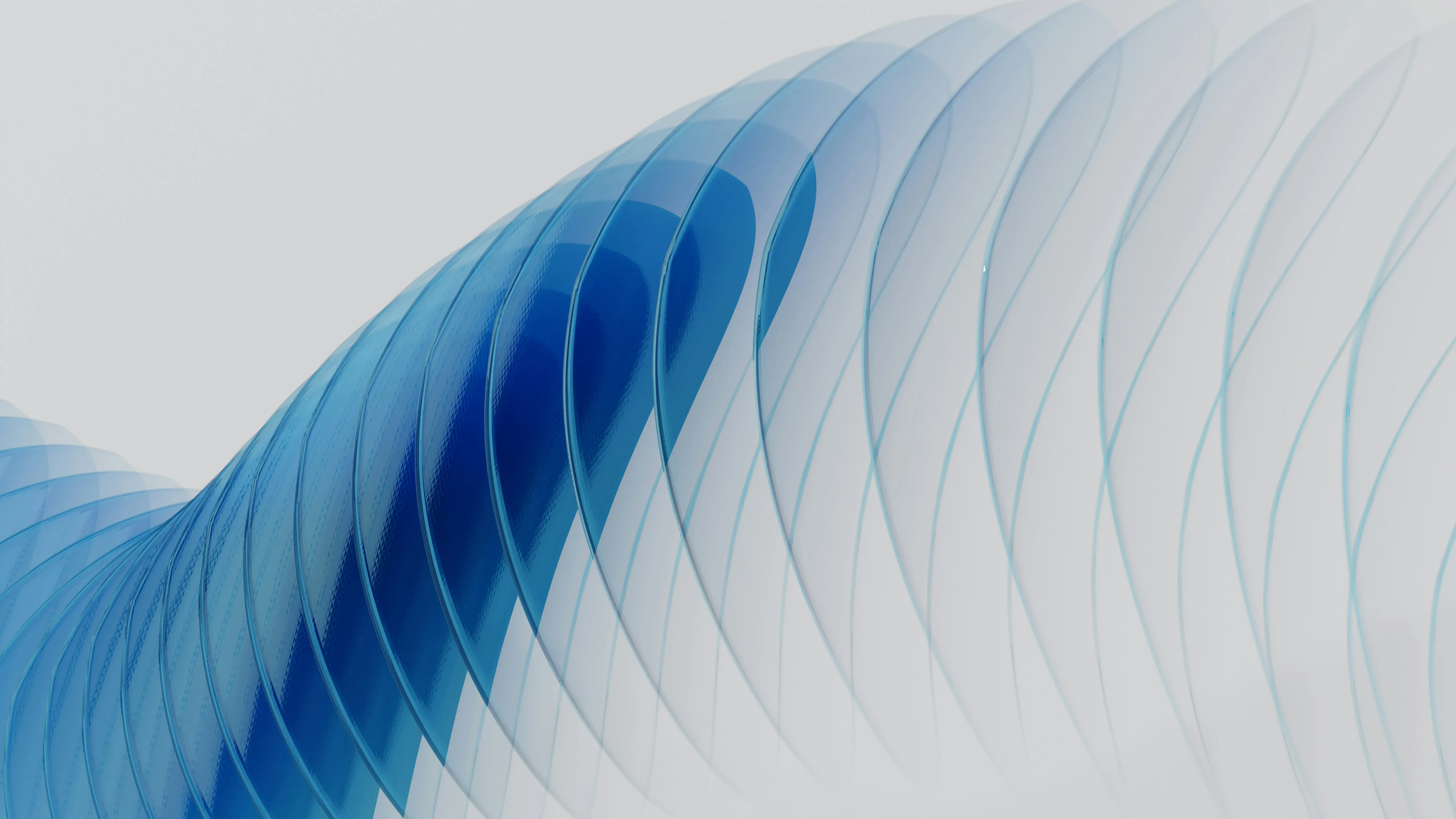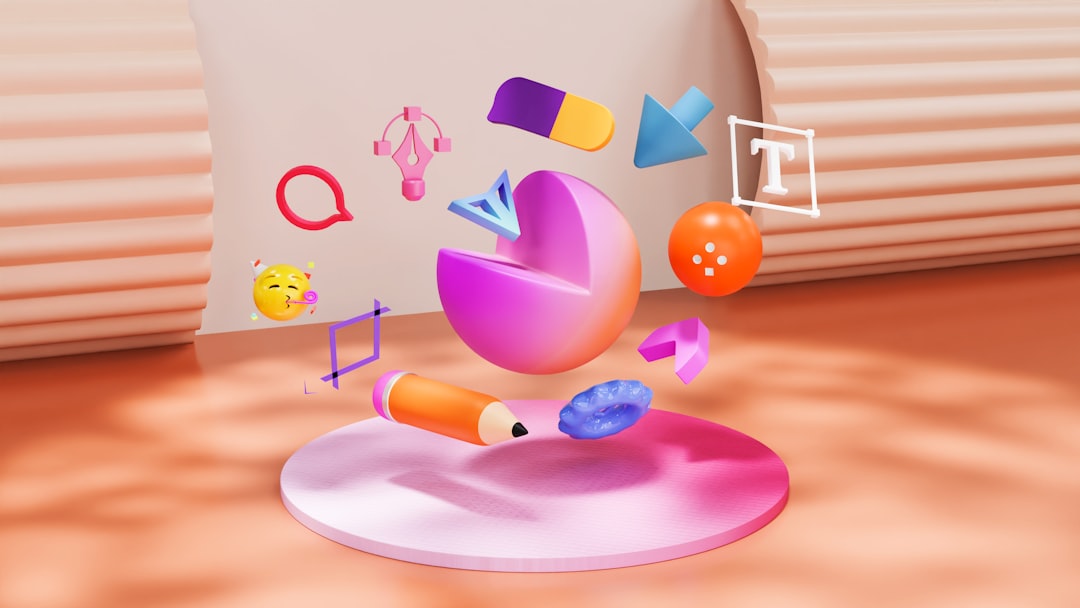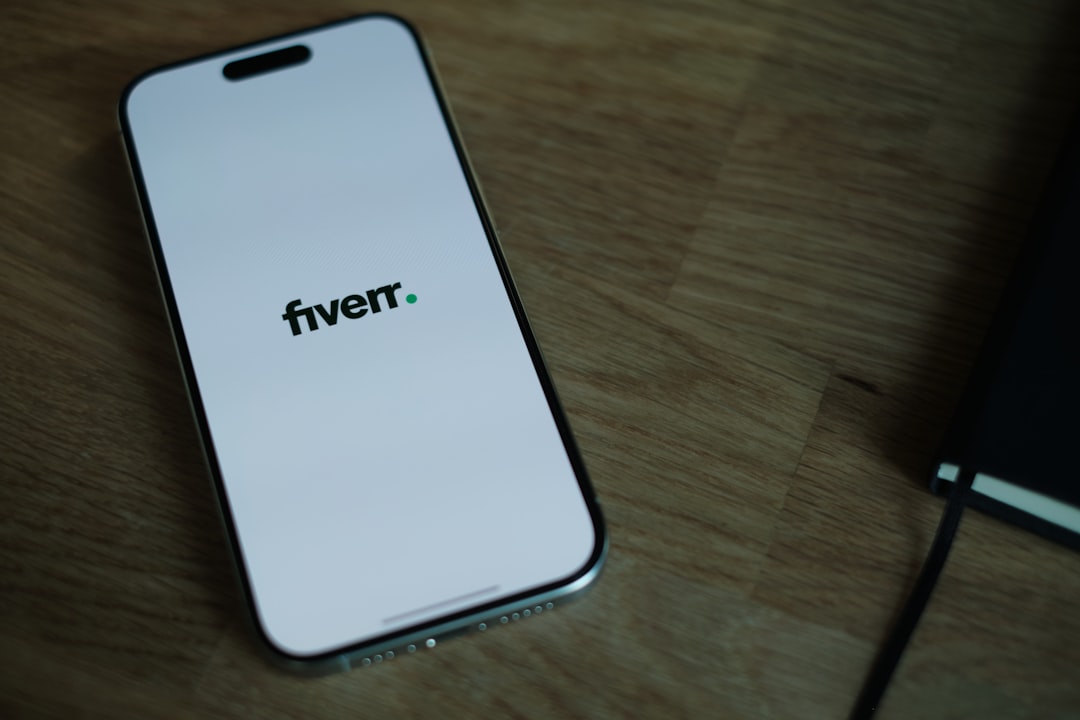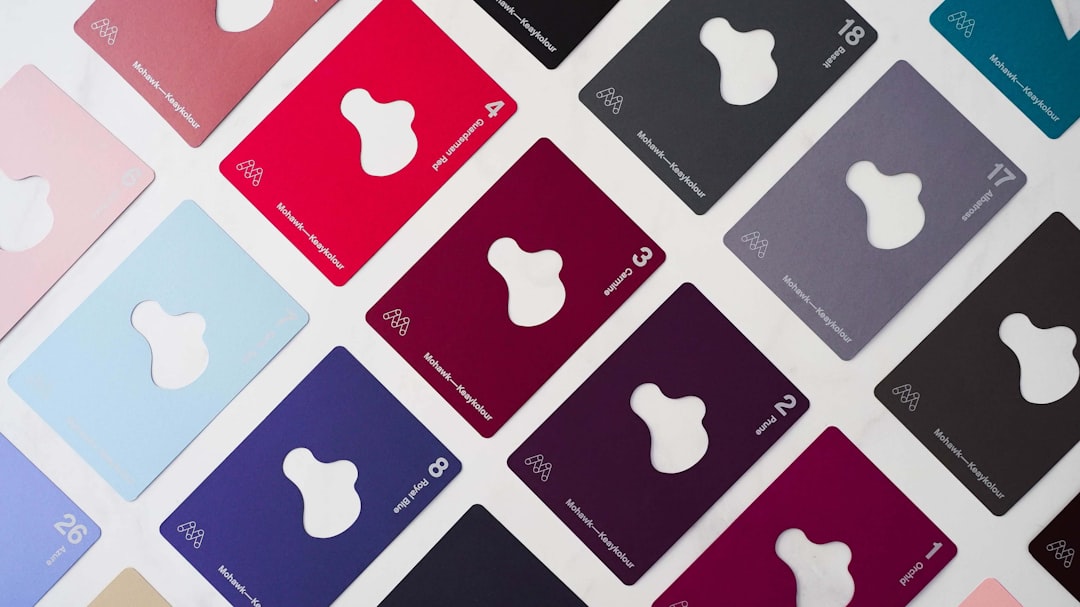Design-as-a-Service vs. freelancer: Which is the better choice?
Design-as-a-Service vs Freelancer: What's the best choice for your business? Learn the pros and cons of both options for professional design.
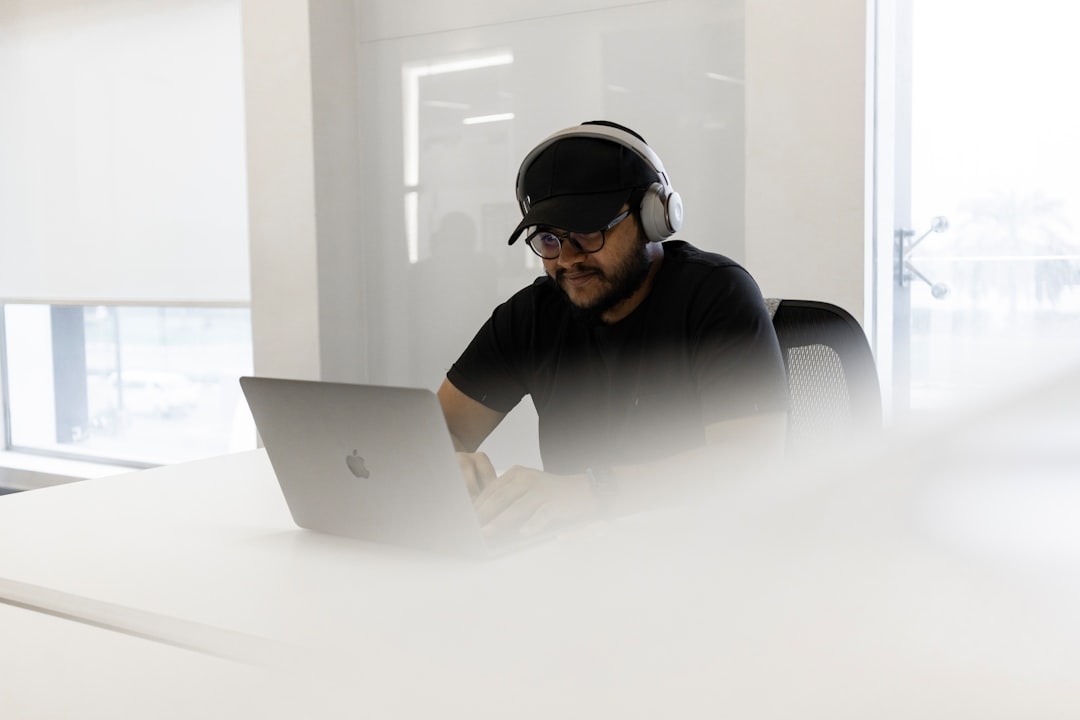
Introduction: What is Design-as-a-Service (DaaS)?
Design-as-a-Service, or DaaS for short, is an innovative model that offers companies a flexible and scalable solution for their design requirements. Instead of hiring a permanent designer or relying exclusively on freelancers, DaaS allows us to continuously access professional design services delivered on a subscription basis. This model combines efficiency, consistency, and adaptability in a service concept that is specifically designed to meet the dynamic needs of modern companies.
How does it work exactly? At its core, it is a subscription-based offering. As customers, we pay a monthly fee and get access to a team of designers who help us implement our projects. These teams often work closely with us to ensure that our brand and vision are consistently represented in every aspect of design. DaaS models usually use a centralized platform on which projects are coordinated, managed and delivered. This ensures smooth coordination and reduces processing time.
One advantage of DaaS is the provision of a wide range of competencies. Instead of limiting ourselves to the specific skills of an individual designer, we can access a wide range of design talent — from graphic design and web development to user experience design and branding. DaaS services often include additional tools or platform access that facilitate collaboration and optimize results.
The increasing popularity of design-as-a-service is closely linked to the way companies work today. We see that the need for flexibility and quickly scalable resources, particularly in the creative sector, is constantly increasing. Compared to traditional methods such as working with freelancers or permanent designers, DaaS offers a modern alternative that is tailored to the agility and diversity of work processes.
The change in the design industry: Why flexibility is required
The design industry has changed rapidly in recent years, and this change has created new demands on us as designers and decision makers. Increasing digitization has fundamentally influenced the way designs are developed and implemented. Projects have become more dynamic and often more complex, making flexibility a key feature. We know that rigid structures and limited working models are no longer sufficient to meet increasing demands.
One of the main changes is the expectation that we can respond to change more quickly. Companies and customers often want agile solutions that offer space for iterations and adjustments. Designs must not only be aesthetically appealing, but also function functionally and sustainably in an often unpredictable environment. The ability to adapt to new technologies, trends and needs is therefore at the heart of our work.
Another factor is the increasing diversity and specialization of projects. While in the past, a few designers often covered an entire project, today's market requires close collaboration between multidisciplinary teams. This is where flexibility comes into play, whether in the form of working models, such as design-as-a-service, or through the integration of additional expertise from freelancers. Both models enable us to tailor strategies precisely to customer requirements and at the same time meet more complex requirements.
We are also seeing growing expectations from customers and market participants to work faster and more efficiently. In order to do justice to this, processes must be optimized accordingly and working methods must be reconsidered. Flexibility therefore means not only adaptable designs, but also the ability to make our work dynamic — whether in the team structure, in the tools used or in project implementation.
The issue of flexibility is ultimately closely interwoven with transparency and communication. For a project to be successful, it is crucial that we can clearly communicate where adjustments are necessary and how they are actually implemented. The constantly changing requirements can only be successfully addressed through open communication.
Scalability: How DaaS deals with increasing demands
One of the key strengths of Design-as-a-Service (DaaS) is its scalability. We can ensure that our design requirements are easily adjusted as demand grows. The ability to flexibly scale projects is critical to keep pace with the dynamic pace of modern companies.
Flexibility in team size
With DaaS, we have access to a pool of professional designers that can be expanded or reduced depending on project scope and urgency. Instead of limiting ourselves to a single freelancer, we benefit from several specialists who support us with their expertise when the project becomes more complex. This ensures the quality of work even with increasing demands.
Customization based on project needs
DaaS service providers often offer various service packages that are easy to customize. If we need additional capacity in the short term, we can add it quickly without having to conduct lengthy contract negotiations. This enables an agile way of working and makes it easier to proactively overcome new challenges.
Managing costs when scaling
Scalability also provides economic benefits. We pay for the resource we actually use. If complexity increases, we are able to use additional resources. At the same time, we avoid the high fixed costs associated with employing larger teams on a permanent basis.
DaaS thus offers us a modern and adaptable solution to keep pace with the rapidly changing requirements of a digitized world.
Cost management: fixed prices vs. fluctuating freelancer fees
When balancing design-as-a-service (DaaS) and freelancers, cost management plays a decisive role. We want to take a closer look at the differences in fixed prices and the frequently varying fees of freelancers in order to better understand the dynamics of these models.
Design-as-a-Service is usually based on monthly or project-based fixed prices. As a company, this structure offers us a high level of planning security. We know in advance what costs we will incur, regardless of whether the project may become more complex or require additional revisions. Unforeseen expenses are almost completely eliminated here, which makes budgeting and cost control much easier.
In contrast, freelancers often work with flexible fee models. This can result in hourly billing, project-based offers, or even a combination of both. However, this flexibility also entails uncertainty. An unexpectedly high number of hours or unforeseen extra work can result in the final costs exceeding the originally planned budget. When working with freelancers, we therefore also bear the risk of fluctuations in spending.
Another factor is negotiation time. While DaaS service providers often offer clearly defined packages and prices, we usually have to negotiate the terms individually with freelancers. This not only requires more resources, but can also lead to larger price fluctuations depending on market conditions.
In addition, a DaaS model allows us to focus on creative processes without constantly having to adjust or renegotiate new budgets. For freelancers, on the other hand, we often need clear controlling and continuous monitoring to ensure that the agreed scope is met.
By looking at these factors, it becomes clear how strongly the chosen model influences our ability to manage costs efficiently.
Teamwork and expertise: Why DaaS is more versatile
When we opt for Design-as-a-Service (DaaS), we benefit from working with an entire team that brings different perspectives and competencies. In contrast to a single freelancer who only has their individual skills, at DaaS, we can access the combined expertise of several designers, strategists and often project managers. The result is a comprehensive approach that helps us to manage our projects more efficiently and comprehensively.
Why teamwork counts
A team gives us the opportunity to implement complex ideas faster and in more detail. Different team members contribute not only creative but also technical strengths, which gives us access to a wider range of skills. It is often the case that one designer specializes in branding while another is an expert in user experience (UX). This complementarity ensures that we can cover every facet of our project. At the same time, the internal collaboration of the DaaS team also gives us multi-layered feedback and optimization mechanisms that an individual freelancer often lacks.
Flexibility and efficiency
Another advantage of the DaaS model is flexibility. Since a team can work on multiple tasks at the same time, we benefit from faster processes and shorter delivery times. Projects that set you under tight deadlines can thus be made much more agile. We can also rely on the fact that absences, such as when a team member is ill, can be compensated by other teammates — something that represents a potential risk for a freelancer.
Access to specialized tools and processes
Many DaaS teams work with streamlined workflows and industry-specific tools that help us achieve better results. They often provide insights into best practices and trends that help us stay competitive. This organization and structure allows us to complete projects not only faster, but also with higher quality.
We see that the combination of collaboration, specialist knowledge and professionalism makes DaaS a versatile and sustainable choice in the long term.
Reliability and deadlines: An advantage over individual freelancers
When it comes to reliability and meeting deadlines, design-as-a-service offers a clear advantage over individual freelancers. This is primarily due to the fact that at Design-as-a-Service, we work with a structured team approach that is designed to deliver consistent services and complete projects on time.
In contrast to an individual freelancer, who can often be affected by personal circumstances or overload, we benefit from multiple resources with Design-as-a-Service. This means that potential downtime or bottlenecks can be absorbed by team members. Our processes are standardized and there is always a representative in case a person fails, which is often not possible with a solo freelancer.
- team approach: Our service is based on a collaborative team of professionals who support each other while individuals must work alone.
- Reliable project processes: Through defined processes, we ensure smooth project management, which enables us to complete projects on time and efficiently.
- Minimized risk: Since we work with several experts, we significantly reduce the risk of delivery delays.
Freelancers often work on several projects in parallel, which can limit their capacities. On the other hand, we use tailor-made systems to set priorities and secure deadlines. Our capacity planning ensures that deadlines remain realistic and achievable without sacrificing quality.
By having access to a strengthened team, we are able to deliver consistently high quality, regardless of the workload. This is a huge advantage, especially for larger projects, as we can scale flexibly. Customers can be confident that their tasks will be completed according to plan without fear of surprises or delays.
Consistency in brand design: How DaaS ensures a consistent identity
A consistent brand design is essential to promote recognition and create trust among the target group. When we focus on a Design-as-a-Service (DaaS)approach, we benefit from a strategic and consistent approach that ensures that our brand identity is reliably conveyed in every means of communication.
The strengths of DaaS are particularly evident in the ability to ensure consistent design standards:
- Centralized design expertise: With a DaaS provider, we work with multidisciplinary design teams that develop a deep knowledge of the brand. This allows consistent compliance with established style guidelines, regardless of the scope of the project.
- Access to a unified platform: Many DaaS service providers provide us with tools and platforms that enable version control and ensure that all design resources — from colors to fonts — are in harmony.
- Long-term partnerships: Through continuous contact with a dedicated DaaS team, we establish a collaboration that guarantees long-lasting design quality, while supporting short-term adjustments or long-term projects equally.
In contrast, working with freelancers often results in consistency challenges. Freelancers often have limited access to background information or work on one-off projects, which can result in incoherences.
However, DaaS encourages proactive communication and allows us to adapt design requirements to changing market demands without jeopardizing our brand identity. DaaS also integrates advanced technologies, such as design systems and dynamic templates, so we can work more efficiently without sacrificing the overall picture.
This comprehensive support ensures that our brand design not only remains consistent, but also flexible and innovative — a decisive competitive advantage in a constantly changing environment.
Support and communication: Efficient collaboration via DaaS
Collaboration and support in one Design-as-a-Service (DaaS)The model is fundamentally different from working with a freelancer. With DaaS, we usually experience a structured and transparent support process that ensures a smooth workflow. Through clear communication channels and permanent contacts, we can ensure that projects are managed effectively and that potential challenges are identified at an early stage.
A major advantage is the continuous availability of a team. Unlike freelancers who may work on multiple projects at the same time, DaaS provides a fixed level of availability that we can rely on. A dedicated project management system also gives us direct access to project progress, files, and tasks — all in one central location. Communication often takes place via dedicated platforms, which make it easy to share feedback and ensure that no information is lost.
We also benefit from regular updates and progress reports. A typical DaaS model includes meetings and checkpoints where we can review our goals, adjust priorities, and clarify open questions. It is common to use agile methods in order to be able to react flexibly to project requirements.
Key benefits of DaaS communication:
- Structured workflows: Predefined processes minimize ambiguities and promote more efficient results.
- Accessibility: Higher availability guarantees faster answers to our inquiries.
- Clear responsibilities: Permanent contacts ensure smooth coordination and quick support.
With DaaS, we not only receive creative input, but also a robust communication and support structure that accompanies us at every step of the design process. This holistic approach strengthens collaboration and reduces potential stress factors in project work.
Conclusion: Why companies benefit from DaaS
We see that Design-as-a-Service (DaaS) offers companies numerous benefits in terms of flexibility, efficiency, and scalability. With DaaS, we can consistently receive high-quality designs without having to worry about the time-consuming process of tendering or finding the right freelancer. This approach enables us to build a long-term partnership that is specifically tailored to the needs and goals of our company.
Benefits of DaaS for Businesses
- Predictable costs: With DaaS, we subscribe to a fixed service, which allows us to make clear cost forecasts. In contrast to freelancers, for whom prices often vary depending on the project, we keep control of our budget with DaaS.
- Flexibility and scalability: We can easily adapt the range of offers to the requirements of our projects. If we need more design services in a month, DaaS adapts to our needs — a freelancer, on the other hand, could have capacity problems.
- Broad-based expertise: While freelancers are often specialized, DaaS gives us access to a team with diversified skills. From brand development to UX/UI design to print material, such service providers offer comprehensive support options.
- saving time: Working with a DaaS provider does not require constant management of individual projects. We save valuable time by being able to focus on strategic business goals instead of repeatedly looking for designers or freelancers.
Why DaaS makes sense in the long term
By having access to a professional team, we get consistency in the quality of the designs, and the entire process becomes smoother and more efficient for us. In addition, we minimize operational risks as we are not dependent on the availability of a single designer. The ability to avoid interruptions and react quickly to new challenges gives us a clear competitive advantage.
